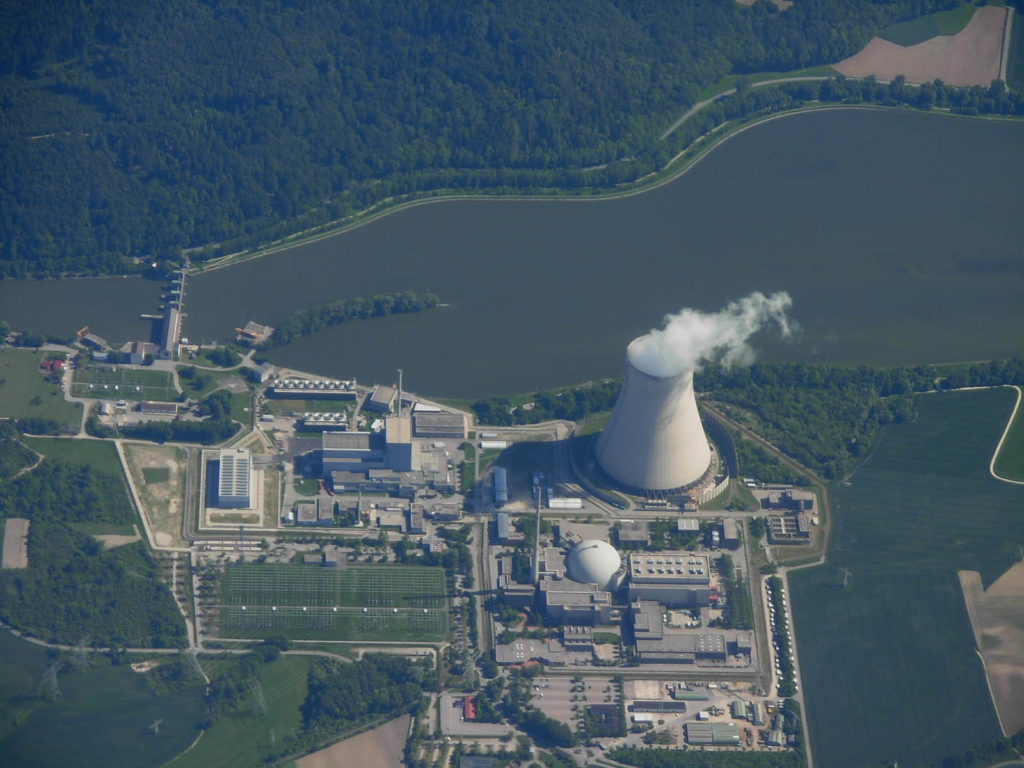Prime Minister Anthony Albanese has unveiled plans to revitalise Australian manufacturing by making more things here with clean energy and Australian resources. This will include targeted government investment, and a new law titled the ‘Future Made in Australia’ Act.
This is a direct response to the global shift to cut climate pollution and a big win for climate organisations like ours, which are championing more clean energy and clean industries to set up Australia for generations to come.
A ‘Future Made in Australia’ arrives in Canberra
On July 3, the Albanese Government introduced the ‘Future Made in Australia’ Bill into Federal Parliament. This sets out the legislative framework that will deliver the government’s initial $22 billion clean industry investment.
The Bill still needs to be voted on before it becomes law, but it would give the federal government the power to identify and directly invest in major projects it considers to be in Australia’s ‘national interest’.
So, what is in the ‘national interest’? The ‘Future Made in Australia’ Bill leaves that up to the government, but this year’s Commonwealth Budget tells us that green hydrogen and critical minerals, among other clean manufacturing industries, are going to be the first cabs off the rank. The Budget allocated $8 billion to scale up green hydrogen (used to create green steel and replace gas in other manufacturing processes) and another $7 billion for critical minerals (used to make electric vehicles and wind turbines). There are also plans afoot as part of the ‘Future Made in Australia’ package to make more of the clean technologies we need to cut climate pollution at home, with another $1 billion for solar manufacturing and $500 million to make batteries.



Recap: what is a ‘Future Made In Australia’ all about?
The ‘Future Made in Australia’ agenda is all about revitalising manufacturing in Australia by turbocharging clean industries, powered by cheap and abundant energy from the sun and wind. Government investment in strategic new industries aims to catalyse more investment to accelerate growth, create jobs and seize the opportunities of an Australian-made future.
“This is exactly the sort of leadership Australia needs to tackle climate pollution, generate clean jobs, and ensure a brighter future for our kids. In the US we’ve seen similar policies dramatically ramp up investment and create tens of thousands of new jobs. As one of the sunniest and windiest countries in the world, this is a huge opportunity for Australia.” – Climate Council CEO Amanda McKenzie
The Climate Council has a plan for how Australia can cut climate pollution by 75% by 2030 across all sectors of our economy, and set up Australia for success for generations to come.
What does a ‘Future Made In Australia’ mean for climate pollution?
Here are the top three things you should know about the Future Made in Australia agenda:
- Supercharging clean industries: The world is going through a new industrial revolution. The industries that we need to slash climate pollution – like manufacturing batteries, electric vehicles, solar panels and wind turbines, or clean ways to make steel, aluminium and other other essential materials – are all scaling up. The ‘Future Made in Australia’ legislation is a key part of how Australia is responding to these massive changes taking place all over the world. Our abundance of sun and wind, alongside our mineral wealth, means Australian manufacturing can play a key role in cutting climate pollution at home and around the world.
- Building on existing progress: Australia can play a big role in this once-in-a-lifetime shift towards a global clean economy. We’re on the right track, with 40% of the power in our main electricity grid now coming from renewables and investment ramping up in industries like green hydrogen and solar panel manufacturing. With the building blocks for new clean industries in place, we can do a lot more to power our next era of prosperity and slash climate pollution.
- Slashing climate pollution: When governments invest in smart ways that build on our national advantages in clean energy and manufacturing know-how, we can slash climate pollution and grow new clean industries. Under Climate Council’s detailed plan to cut climate pollution we can more than halve industrial climate pollution by 2030.
The world is already moving to cut climate pollution, with the United States, Japan, the European Union and many more countries taking big strides to repower their industries with clean energy. As one of the sunniest and windiest countries on Earth, now is Australia’s chance to seize the decade and make the most of our abundant clean energy resources and deep manufacturing know-how.










